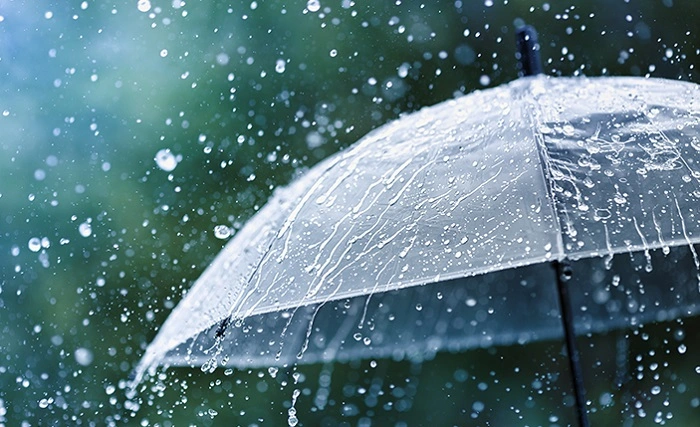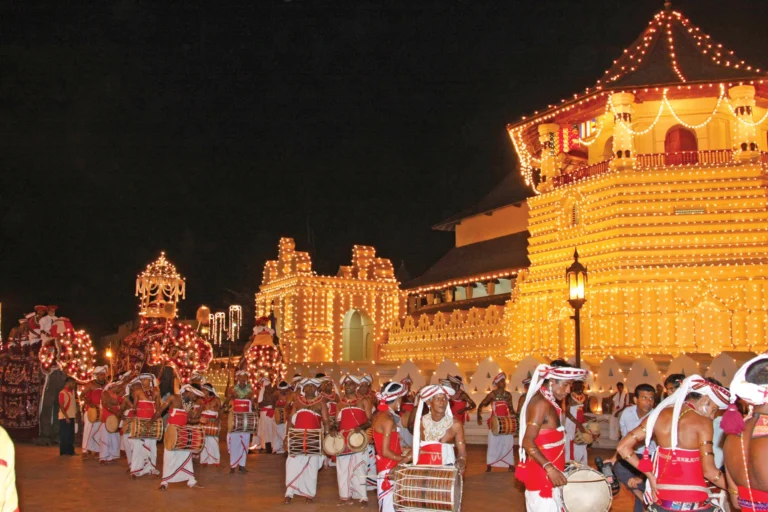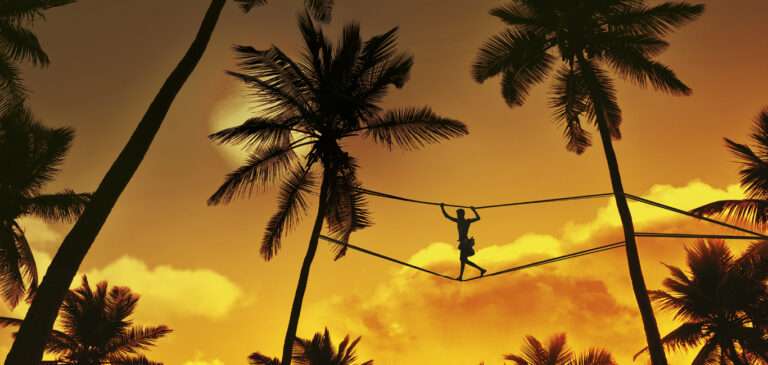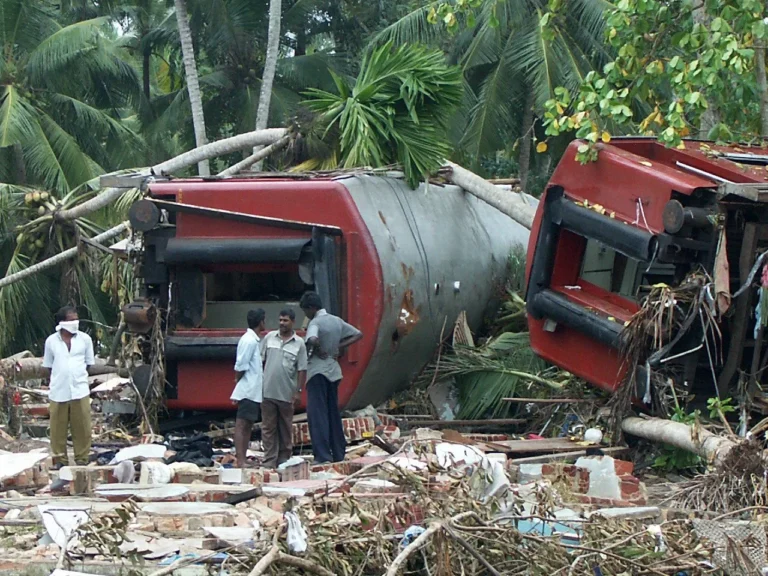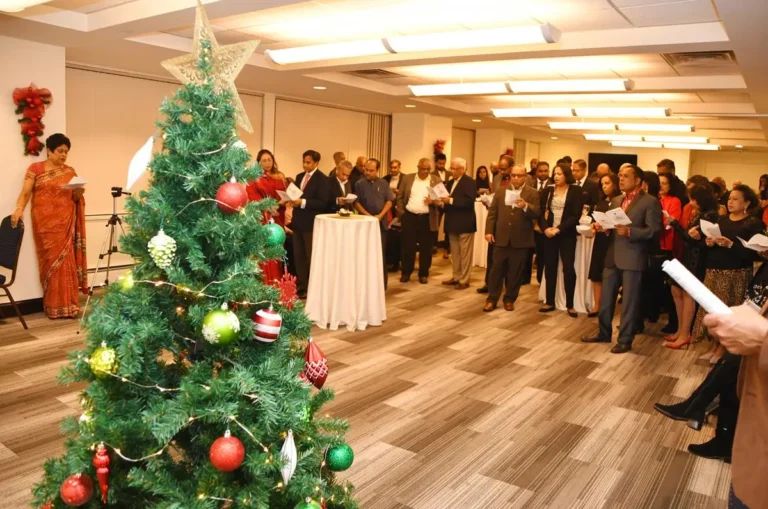Monsoon Seasons in Sri Lanka, A Comprehensive Guide for Travellers
Sri Lanka, an island nation nestled in the Indian Ocean, is renowned for its lush landscapes, pristine beaches, and rich cultural heritage. However, one of the most intriguing aspects of Sri Lanka’s climate is its monsoon seasons. Understanding the monsoon patterns is crucial for planning a perfect trip to this tropical paradise. This article delves into the intricacies of Sri Lanka’s monsoon seasons, providing valuable insights for travelers seeking to make the most of their visit.
The Two Monsoon Seasons
Sri Lanka experiences two primary monsoon seasons:
Southwest Monsoon (Yala)
Northeast Monsoon (Maha)
Southwest Monsoon (Yala)
The Southwest Monsoon, locally known as “Yala,” affects the southwestern region of Sri Lanka. This monsoon typically occurs from May to September, bringing heavy rains to the southwestern and western parts of the island, including popular destinations like Colombo, Galle, and the Hill Country.
Key Features of Yala Monsoon:
- Heavy Rainfall: The southwestern coast and central highlands receive substantial rainfall, with peak intensity during May and June.
- Cooler Temperatures: The Hill Country, including areas like Nuwara Eliya and Ella, becomes cooler and misty, creating a serene and picturesque atmosphere.
- Rough Seas: The seas around the southwestern coast can become rough, making water activities like swimming and diving less favorable.
Northeast Monsoon (Maha)
The Northeast Monsoon, or “Maha,” influences the northeastern parts of Sri Lanka from October to January. This monsoon season brings rainfall to regions such as Trincomalee, Batticaloa, and the cultural triangle, including Anuradhapura and Polonnaruwa.
Key Features of Maha Monsoon:
- Intense Showers: The northeastern regions experience intense but short-lived showers, particularly during November and December.
- Warm Temperatures: Despite the rain, temperatures remain warm, providing a tropical feel.
- Calmer Seas: The eastern coast, including areas like Arugam Bay and Trincomalee, enjoys calmer seas, making it ideal for water sports and beach activities.
Inter-Monsoonal Periods
Between the two primary monsoon seasons, Sri Lanka experiences two inter-monsoonal periods:
First Inter-Monsoon (March to April)
Second Inter-Monsoon (October to November)
First Inter-Monsoon (March to April)
During this period, the entire island receives sporadic and unpredictable rainfall. Thunderstorms are common, but the weather generally remains warm and humid. This is an excellent time to visit the central and eastern parts of the island.
Second Inter-Monsoon (October to November)
Similar to the first inter-monsoon, the second inter-monsoon brings scattered thunderstorms and rainfall across the island. It is a transitional period, with the northeastern regions beginning to receive more rainfall as the Maha monsoon approaches.
Best Time to Visit Different Regions
Understanding the monsoon patterns helps in planning the best time to visit various regions of Sri Lanka:
- Southwest Coast (Colombo, Galle, Mirissa): Best visited from December to March.
- Central Highlands (Kandy, Nuwara Eliya, Ella): Ideal from January to April.
- East Coast (Trincomalee, Arugam Bay, Batticaloa): Perfect from April to September.
- Northern Regions (Jaffna, Anuradhapura): Favorable from February to September.
Tips for Traveling During Monsoon Seasons
Stay Flexible: Weather can be unpredictable, so keep your itinerary flexible to accommodate sudden changes.
Pack Appropriately: Bring waterproof clothing, umbrellas, and quick-dry attire to stay comfortable.
Plan Indoor Activities: Explore cultural sites, museums, and indoor attractions on rainy days.
Check Weather Updates: Regularly check weather forecasts to stay informed about potential heavy rains or storms.
Conclusion
Sri Lanka’s monsoon seasons add a unique charm to the island’s diverse climate. By understanding these patterns, travelers can strategically plan their trips to experience the best that Sri Lanka has to offer, whether it’s the lush green landscapes of the southwest or the sun-kissed beaches of the east. Embrace the monsoons, and you’ll discover a side of Sri Lanka that is both captivating and unforgettable.
By understanding the intricacies of Sri Lanka’s monsoon seasons, you can make the most of your visit to this enchanting island. For more travel tips, destination guides, and personalized tour packages, explore our website and start planning your Sri Lankan adventure today!

